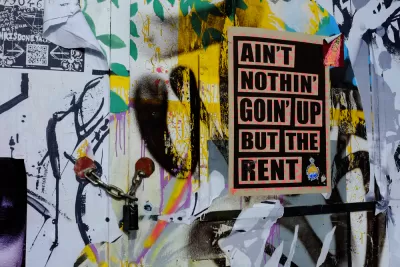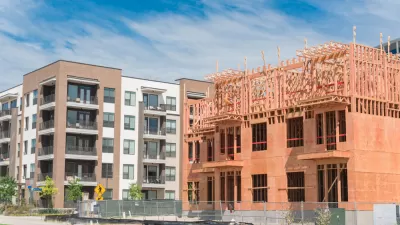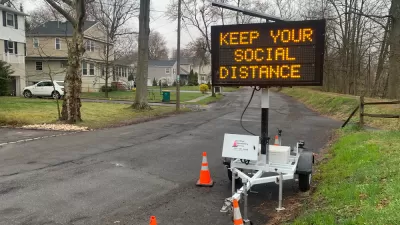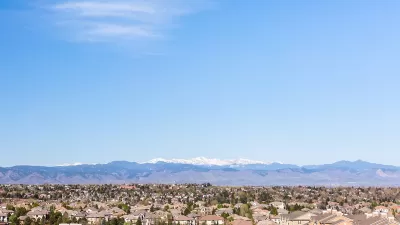The relief that renters have been seeking might finally be on the way, if several market indicators are to be believed. If and when rent does fall, supply might have finally caught up with demand.

According to an article by Joe Cortright, "there are a few hopeful indicators from housing markets that the long promised relief from increased supply is starting to show up, at least in a small way."
Cortright cites two reports, "one national, and one quite local," as evidence of a market shift. The first is a market analysis from REIS, which specializes in "[following] national trends in apartment construction tracking delivery (the completion of new apartments) and absorption (how many newly completed apartments get leased." Cortright summarizes the news from this source:
REIS analysts are reading the data to suggest that construction of new apartments is finally starting to have an impact on the market. REIS’s Scott Humphreys says: “It’s official: developers are finally building more apartments than there are renters to fill them.”
Also of relevance to the national rental market is a post on the Calculated Risk blog, which shares vacancy rates from the National MultiFamily Housing Council (NMFC). "Their data show that 'market tightness' has been trending downwards for the past couple of years," writes Cortright.
For local evidence of those trends, Cortright calls on a Boston Globe report that finds rents in Boston increasing at the slowest rate in the past five years. "The news from Boston echoes reports from markets as diverse as Seattle, Denver, and Houston, that the growing number of new properties being completed is producing at least temporarily higher vacancy rates and more favorable rental offerings for tenants," adds Cortright.
FULL STORY: Nationally, apartment supply may be catching demand

Study: Maui’s Plan to Convert Vacation Rentals to Long-Term Housing Could Cause Nearly $1 Billion Economic Loss
The plan would reduce visitor accommodation by 25,% resulting in 1,900 jobs lost.

North Texas Transit Leaders Tout Benefits of TOD for Growing Region
At a summit focused on transit-oriented development, policymakers discussed how North Texas’ expanded light rail system can serve as a tool for economic growth.

Why Should We Subsidize Public Transportation?
Many public transit agencies face financial stress due to rising costs, declining fare revenue, and declining subsidies. Transit advocates must provide a strong business case for increasing public transit funding.

How to Make US Trains Faster
Changes to boarding platforms and a switch to electric trains could improve U.S. passenger rail service without the added cost of high-speed rail.

Columbia’s Revitalized ‘Loop’ Is a Hub for Local Entrepreneurs
A focus on small businesses is helping a commercial corridor in Columbia, Missouri thrive.

Invasive Insect Threatens Minnesota’s Ash Forests
The Emerald Ash Borer is a rapidly spreading invasive pest threatening Minnesota’s ash trees, and homeowners are encouraged to plant diverse replacement species, avoid moving ash firewood, and monitor for signs of infestation.
Urban Design for Planners 1: Software Tools
This six-course series explores essential urban design concepts using open source software and equips planners with the tools they need to participate fully in the urban design process.
Planning for Universal Design
Learn the tools for implementing Universal Design in planning regulations.
Ascent Environmental
Borough of Carlisle
Institute for Housing and Urban Development Studies (IHS)
City of Grandview
Harvard GSD Executive Education
Toledo-Lucas County Plan Commissions
Salt Lake City
NYU Wagner Graduate School of Public Service





























